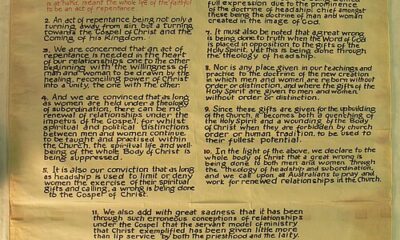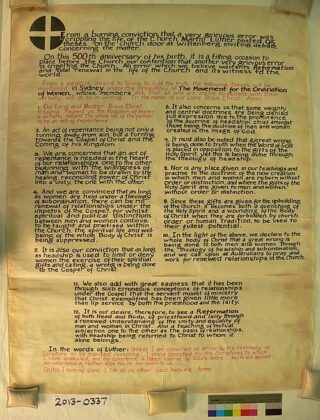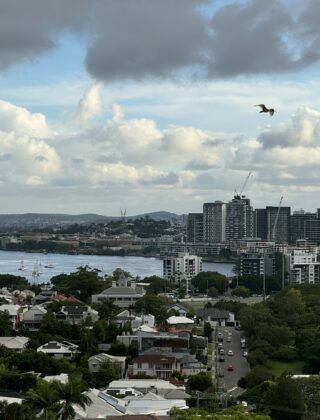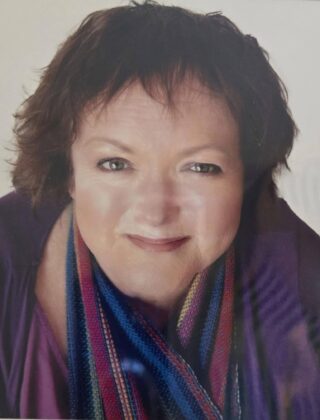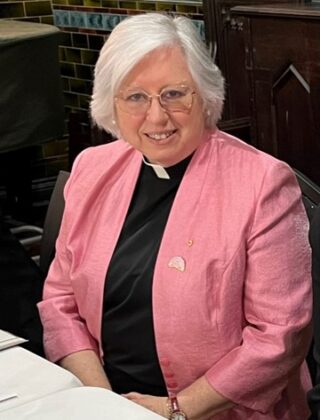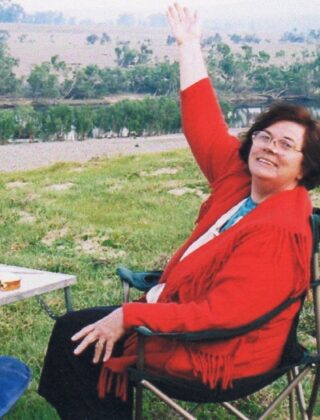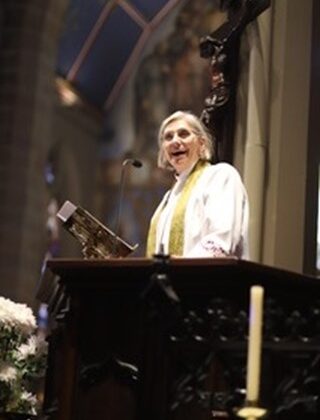Simone Weil and the gift of inarticulacy
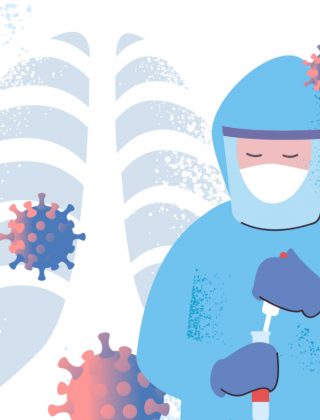
How not to live in lockdown
We are living through a time of rupture. Our lives, suddenly turned outside in, are lived at the pace of interruption. These interruptions have their banal form: living with others from whom there is little space or peace, alone and unable to see others who form the pattern of our normal daily living; and they have their profound forms: deaths that happen suddenly and without the hoped-for comforts of all we have come to associate with good dying and grieving.
Time, which we are so used to managing, marshalling and accounting for, is bent out of shape; a vivid time-landscape is flattened to the ground. As Matthew D’Ancona wrote in a piece to mark a month of the UK lockdown, we are caught in a double bind of “sensory overload and existential crisis.”
Mark Earls, a behavioural economist quoted in D’Ancona’s piece, tells us that lockdown, while necessary, is not, in fact, good for us. Whatever gloss we choose to apply or resilient strategies we rightly employ to remain cheerful, sane or stoic, “human beings are not meant to live in isolation, to live in small cells, not being able to trust strangers.”
Solidarity, which normally means we draw near to each other, is bent back on itself. Denied the endorphins of our typical forms of common action, we stay apart in testy and increasingly weary isolation in order to be committed to our common good.
This rupture in our way of living, while blindingly obvious, produces not instant articulacy about the meaning of this time and the future we might grasp beyond it, but rather, D’Ancona writes, a sense of collective “asphasia.” He characterises this condition as “a collective inability to speak with confidence about the sudden knock of history at every door in the land.” Lambasting the dual face of denial in our midst — those who think lockdown is all an over-reaction and those who think it’s a chance to hunker down and embrace new forms of personal fulfilment — D’Ancona tell us, lockdown is not “a surreal sabbatical” of novel reading but, for most, simply a “nightmare” to be survived.
This rupture is for many, intensified pain and precarity. Rising domestic violence, plummeting mental health, parents struggling for access to their children in frayed parenting arrangements, rising hunger, overwork for some, risky work for many and sudden unemployment for others, are the dreadful tidal flows of this pandemic that drag us unwillingly into slipstreams we do not know easily how to navigate and survive.
We are all susceptible to this virus, but we are not all susceptible in the same ways. We are all living under lockdown, but we are not all living under lockdown with the same kinds of social options. That the poorest are the unprotected front line of this virus reveals to us not something new, but the “normal” we have allowed ourselves to tolerate. This virus mercilessly pulls back the veil of ignorance to lay bare the inequalities we have been content to live with. The bare statistics of life and death in this pandemic are uncomfortable and devastating reading, or at least they should be.
What appealed to me about D’Ancona’s account is that it communicates a convincing kind of hope because it refuses easy cheer, cheap grace and false consolation. If there is hope to be had, it must come by being willing to pay very careful attention to what is happening, and confronting the uncertainty and fragility of this moment. D’Ancona concludes his piece by noting all the reasons we might want to be hopeful that a different way of living — less materialistic, less self-centred, more socially just — might emerge, but also the precarity of this moment and its historical antecedents that mean we have no sure basis to be relaxed about what we will learn and how we will emerge as societies marked by these events.
To be clear, to suggest that we need to pay very careful attention to this pandemic and the fragility of this moment, is not to suggest that the virus is anything other than a virus; it is not a punishment or a gift, not a revelation or an invitation. But it is an event, a happening — it is what is — that has irrupted into our lives and become shared history with an unclear pathway into our future and, as such, it demands our attention.
Paying attention to what is. This is language I have borrowed. In another moment of social rupture, in the late 1930s, the French philosopher and mystic Simone Weil wrote about the claim of what ison our attention. She writes, we do not have to love what happens to us, but we ought to pay attention to it, to come to know it and grasp what might be done for the good in response. And we cannot really know what to do for the good if we do not grant events and people our deepest attention. There is love to be had in creative human wrestling with what is, in that response, if not in the events themselves.
Weil is an uncomfortable thinking-companion, partly because she does not bring us a saccharine account of such attention. Having demanded that we learn how to pay proper attention to our world, she then tells us just how demanding this is. We are creatures who do not find it easy to think about what wounds us. Weil thinks that our minds naturally pull away, shrink away, from suffering. We would, by and large, rather do anything else than think about what brings us pain. Neither do we deal well with experiences of what limits us. We wish to overcome, to deny limits. She also thinks that paying attention to suffering, or speaking from situations of suffering, does not make us instantly articulate. She, too, is a thinker of “asphasia”: the collective inability to speak well about the sudden arrival of difficult and unwelcome history at our doors.
If this sounds a little too severe, it is worth remembering that one of the reasons Simone Weil thinks that we shrink from paying too much attention to difficult things is precisely because we are creatures who hope desperately for the good. She argues that the thing that remains most sacred about the human being is that every human person deep down hopes that good and not harm will come to us. We are wounded by the revelation that another human, or a seemingly blind natural system would bring us harm and not good. The cry of “Why?” is a cry of dereliction — as Christ’s from the Cross, so too ours, from the sacred core, directed towards the sacred.
Simone Weil belongs to a canon of women social thinkers in the twentieth century who experienced in their own lives rupturing events, and who can help us think through times of rupture. Weil brings to us a timely, if demanding gift. She is a gift because she does not demand of us instant articulacy in the face of difficulty or interruption. In fact, to be taking it seriously, to be paying attention, to be honest about the pain and what it does to us, may very well lead us into a space in which we find it hard to think clearly, to speak vividly, or to shape an instant response.
Weil invites us to inhabit a space in which we live between the tasks of practising genuine attention to what is and noting our longing for a set of goods for ourselves and our neighbours that might not right now be within our reach — whose vision might not yet be fully formed, but which confronted with these events we may wish to cry out for, and commit ourselves to securing as the basis for a human future worth believing in.
[Note: This is the first of three articles exploring the COVID-19 pandemic through the work of Simone Weil, Hannah Arendt and Gillian Rose.]
Anna Rowlands is the St. Hilda Associate Professor of Catholic Social Thought and Practice in the Department of Theology and Religion at the University of Durham.


